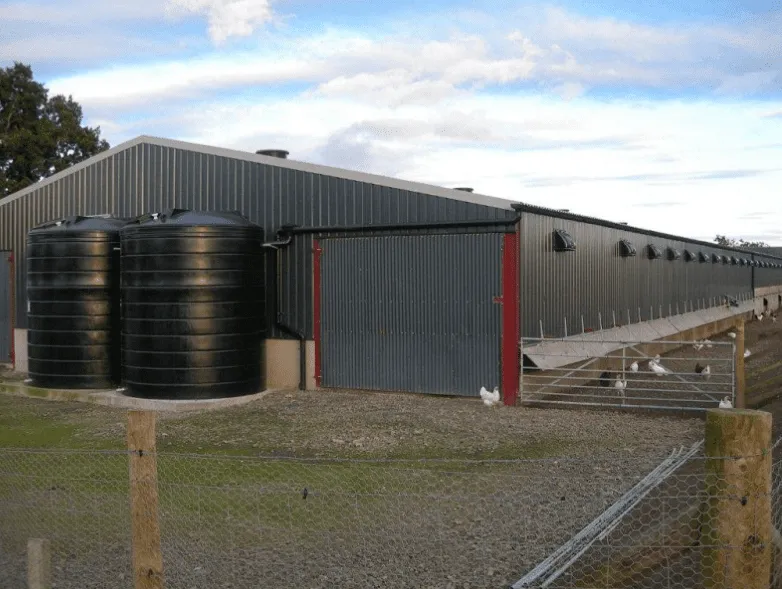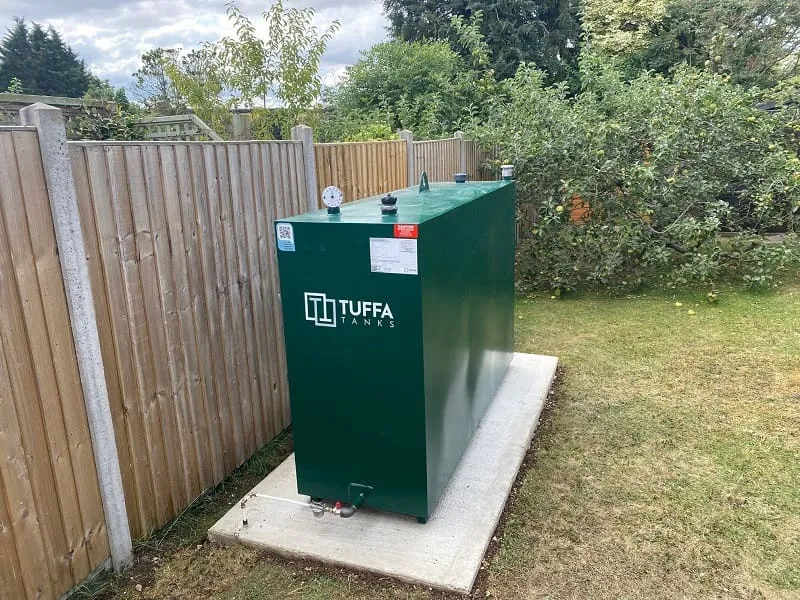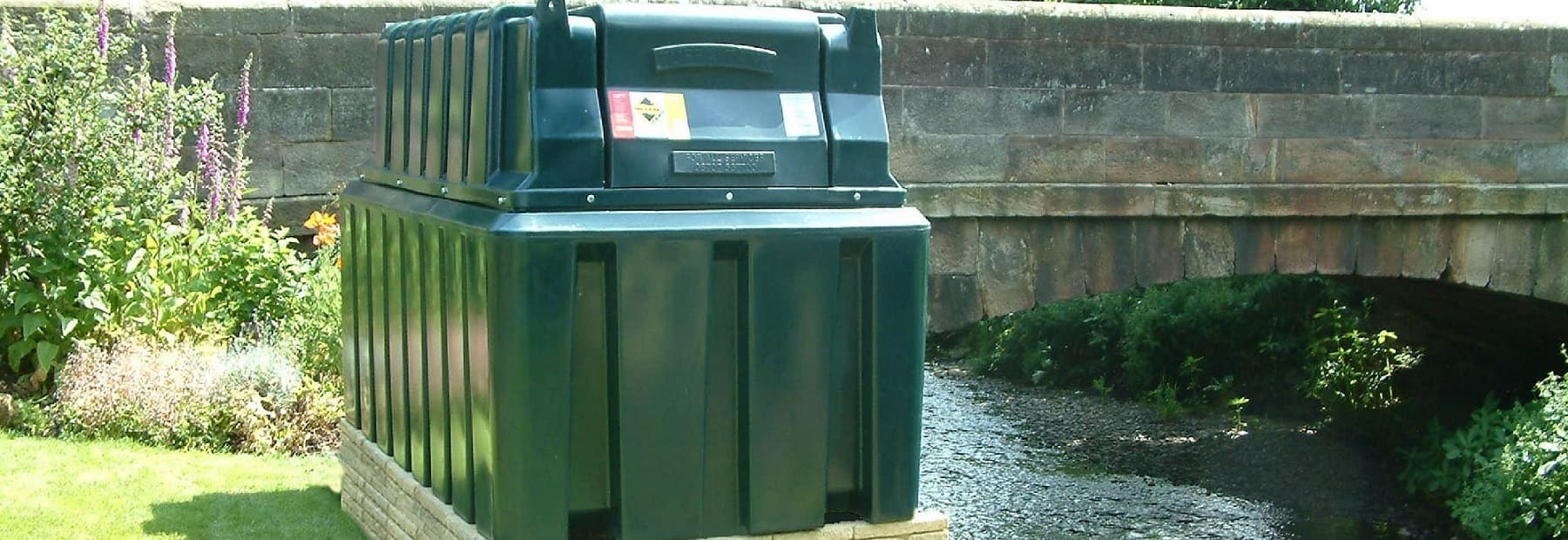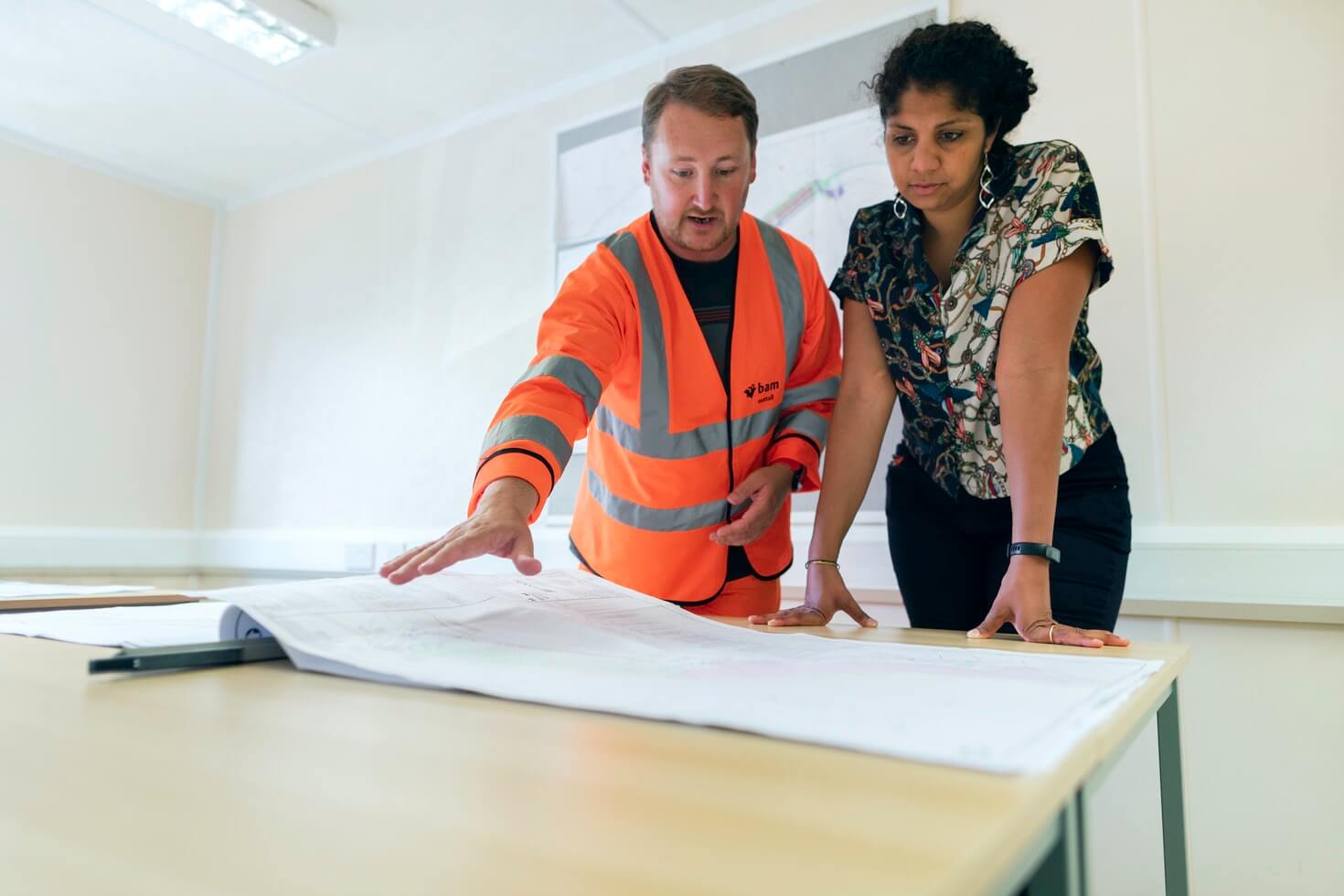How we can make the most of the changing UK climate.
Climate change is taking place across the planet, but how will it affect us?
We look at the potential impact of climate change in the UK and how we can adapt to changes in our weather.
We’ve all enjoyed the warm, dry, sunny summer, and the weather is again a popular subject in the UK. After we’ve said “Hello”, the next line of conversation is usually about the weather. Typically, Britain has a varied weather pattern, with consecutive days rarely having the same weather conditions. We just love to moan about the weather – especially the cold and rain.
Climate Change is defined as a large-scale long-term shift in the planet’s weather patterns or average temperatures. Average global temperatures are rising and the Greenland and Antarctic ice sheets are shrinking. They account for 70% of the world’s fresh water.
Rain, rain, go away
So how will climate change affect the British weather?
According to the Met Office, Rainfall in June was below average across England with only 15 mm, just a quarter of the average rainfall for the month, with the lowest rainfall in the south east, making it the third driest June on record for England and the driest June since 1925.
Average UK temperatures have risen by 1% since the 1970s. That may not sound a lot, but the Met Office also notes that since 2000, the UK has experienced its 8 warmest years and 6 of the 7 wettest years since records began in 1910. This has resulted in a shift in our rainfall pattern, with average summer rainfall decreasing but an increase in average winter rainfall. This could lead to more frequent flooding in winter with potential water shortages in summer.
The Government’s 2017 UK Climate Change Risk Assessment Report highlighted the top six climate change risks for the UK. Third was a risk of “shortage in the public water supply, and for agriculture, energy generation and industry.”
The same report in 2012 predicted increasing pressure on the UK’s water resources, with a supply-demand deficit in 5 major river basin regions: Anglia, Humber, Severn, North West England and Thames. This could change the service offered by water companies, including increases in the cost of water.
Water, water, everywhere…
According to Ofwat, the regulator of the water sector in England and Wales, each person uses an average of 153 litres of water a day to wash, cook and clean. Cape Town experienced drought conditions earlier this year, with water rationed to 50 litres per day. To put this into perspective, Friends of The Earth say that one 3 minute shower and 2 toilet flushes are the equivalent of around 48 litres of water. They also note that 70% of all fresh water in the UK is used in in food production, so the impact of climate change will not only be felt by domestic users, but also by industry. In addition to the cost of water increasing, there could potentially be a rise in the price of the food we buy, as production costs also increase.
When it rains, it pours
There are things we can do to help. One is as simple as turning off the tap while brushing your teeth, which can save up to 6 litres of water per minute. In addition, we can shower for less time, only boil what we need, steam not boil our vegetables and collect rainwater.
The shift in patterns of rainfall mean that we have an opportunity to harvest rainwater during wetter periods to use in the drier summer months. The website ‘SaveWaterSaveMoney’ estimates that “on average around 24,000 litres of water can be saved from each house roof every year by collecting rainwater this way.” But Rainwater Harvesting is not limited to domestic use for gardens – imagine how much can be harvested from barns and larger commercial buildings.
Save water and money with a Rainwater Harvesting Tank
It’s now possible to buy purpose-built Rainwater Harvesting tanks that are suitable for domestic use, garden and irrigation systems or bespoke commercial systems. They work by capturing rainwater that falls on the roof. This is directed to a central point via normal gutters and downpipes to a storage tank where it can be filtered on entry. A submersible pump delivers the water on demand.

The types of rainwater harvesting systems available include:
- Domestic systems, either direct or indirect (gravity/header tank versions), including potable upgrades (for drinking water) and all washing and cleaning
- Garden and agricultural irrigation systems, both above ground and underground
- Commercial and local authority systems
James Shenton, Tuffa’s General Manager commented: “We’ve seen a big increase in demand for our rainwater harvesting tanks. Water is a precious resource, and the alternative to collecting water is wasting it,” he said. “We produce a range of tanks from 1350 litres, ideal for domestic use, up to 20,000 litres for agricultural and commercial applications. Tanks can be interlinked to increase capacity and are supplied with a choice of filters and pumping systems. We also offer water bowsers for higher capacity requirements on sites with no mains connections. These are ideal for festivals, construction sites, greenfield sites or water supply emergencies,” he added.
We can take steps to adapt to our changing climate. By saving water and using rainfall more effectively, we can help to make this precious natural resource last longer and stay more affordable.
You can find out more about Rainwater Harvesting tanks here or by calling us on calling 01889 567700.






























